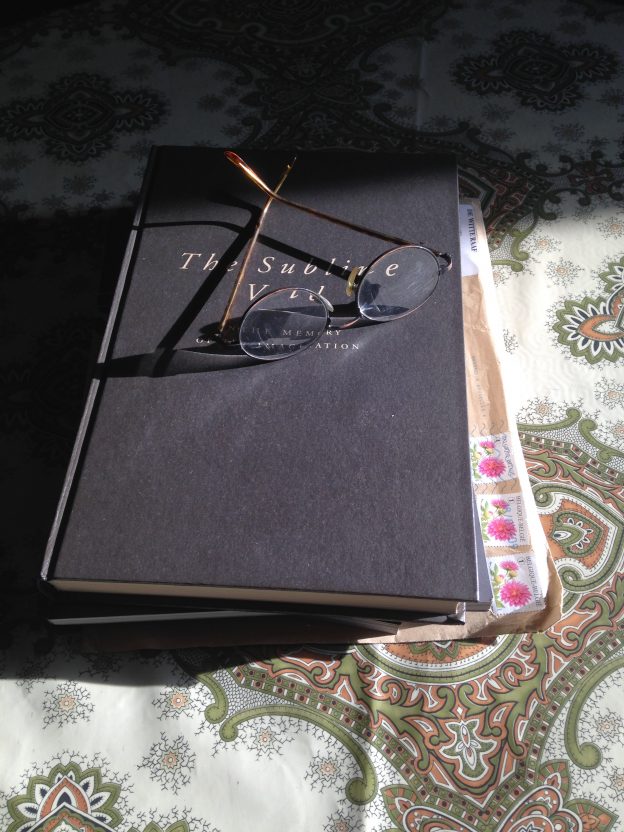Apart from a brief but ardent infatuation with Dutch schlager singer André Hazes in April (you don’t want to know 🙂 ), musically the best of 2018 was the discovery of the oeuvre of Hiroshi Yoshimura (1940 – 2003) who worked within Japanese ambient.
I discovered Hiroshi Yoshimura while listening to Birds of Venezuela (1973), an album of bird vocalizations which was re-released this year.
This whole Japanese ambient scene is most weird. There is the super sweet Jamaica ~ Waves And Light And Earth (1993) by Takashi Kokubo, which Discogs classifies as non-music.
In fact, many of these albums seem to have been made as pure background music. Kokubo’s album Get At The Wave (1987) was created for a new line of Sanyo air-conditioners.
Then there is the oddity Watering a Flower (1984) by Haruomi Hosono which was commissioned by Muji as in-store background music. And Hiroshi Yoshimura’s A・I・R (1984) was produced for the makeup and skincare company Shiseido; while his album Surround (1986) was made for playing at the model homes of the Misawa Home corporation.
But the best album is Green (1986) by Hiroshi Yoshimura. Someone remarked that this album is what green sounds like, what plant life sounds like. So soothing, full of natural sounds that have a very relaxing effect.
Enjoy.

